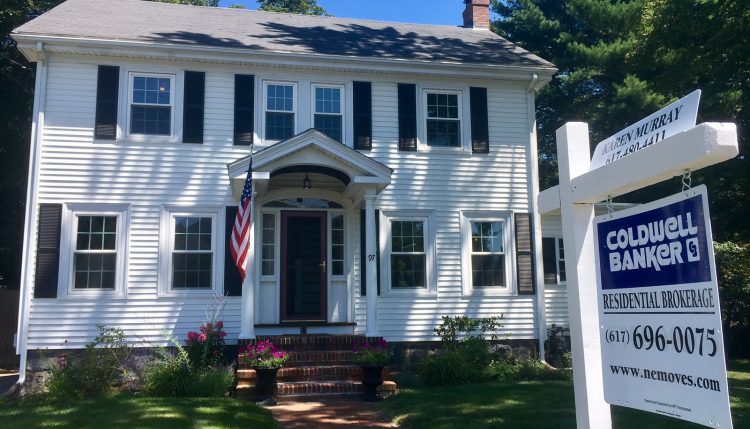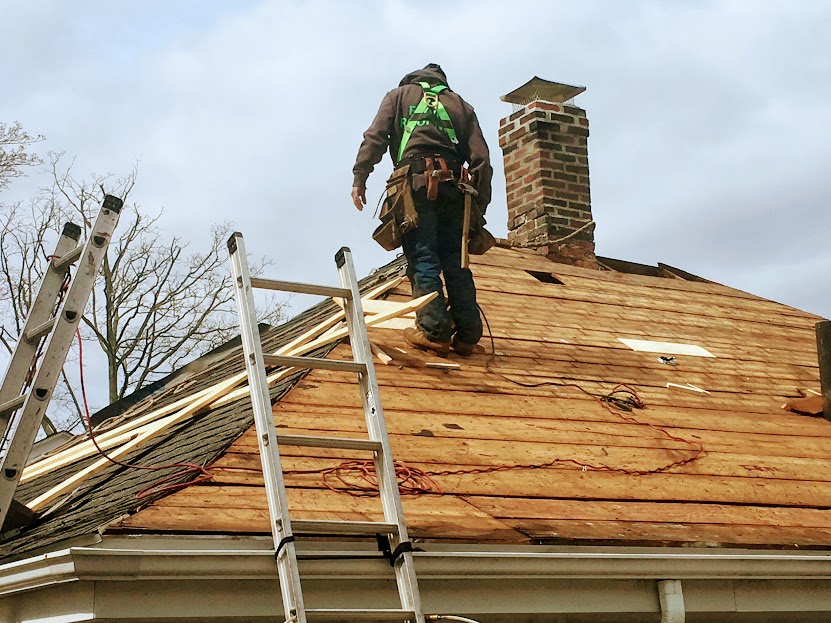I wish more people (myself included) would do good for good's sake -- and sometimes they do. But by and large, people's decisions are driven by money and self interest. This is…

The real monthly costs of owning a home (and how they add up)
You’ll find all kinds of articles online about the real or hidden monthly costs of owning a home. I’ve even written some of them. The gist of all these pieces is this:
Owning a home is generally more expensive than you think. As a renter, there are a lot of hidden expenses bundled up in your monthly rent payment that you don’t have to think about – things like condo fees, insurance, maintenance, and water bills. Once you own the house, those costs (and many more) are yours to deal with.
The mortgage payment is just the beginning. You might see a house with an $1,800 mortgage payment and think, “Hey, that’s less than the $2,000 I’m paying in rent, I can easily afford that!” But there are LOTS of other expenses, and unlike your fixed mortgage payment, most of them rise over time.
Take PITI on homeowners
For example, you hopefully know that, in addition to a monthly mortgage payment (which includes principal and interest), you’ll be required to pay local property taxes and homeowners insurance. It all adds up to the lender acronym PITI: Principal, Interest, Taxes, and Insurance.
So on top of that $1,800 monthly mortgage payment, you’ll owe property taxes and insurance. And unlike a mortgage, these expenses a) only tend to rise and b) never go away.
Property taxes around Boston generally aren’t as high as in New York or California, but they’re still significant. They pay for important stuff like your schools, police, firefighters, roads, and sidewalks, but even if your tax rate stays the same, your monthly bill will rise as your home value increases. (Here’s a handy table with the residential tax rate per $1,000 of assessed value in every Massachusetts community.)
Our home has nearly doubled in value since we bought it in 2008 — and don’t get me wrong, that’s a fantastic “problem” to have. But it means our annual tax bill has gone up as well, from about $4,500 to $8,000.
Homeowners insurance, meanwhile, is surprisingly cheap for the amount of coverage it provides — it’s not much more than car insurance, really, and your home is clearly worth more than your car.
But it’s still usually more than $1,000 a year – and again, that’s only going to increase. As your home value rises, you need to make sure you’ve got enough coverage for a more valuable house. And higher construction costs means it will cost more to rebuild it after a fire or other disaster – all of which means your insurance rate will slowly climb over time. (Note: You’re not required to have insurance on your home once your mortgage is paid off — but you’d be a nutjob not to.)
So those are the big, additional costs of homeownership that you hopefully already know about. On top of that $1,800 mortgage payment, you might owe $100 a month in insurance and maybe $500/month in local property taxes — bringing the real expense to $2,400/month.
But we’re not nearly done yet. As a homeowner, you’re also on the hook for water and sewer (or septic tank maintenance). Our water bill (through the MWRA, which services most of Greater Boston), averages about $75 to $100 a month. Now we’re up to $2,500/month. If you didn’t pay heat and hot water as a tenant, that’ll easily run you another $100 to $200 a month.
A note on condos: If you’re buying into a condo or homeowners association, you’ll pay a monthly HOA fee, which could range from $100 to $600 a month (or far more in luxury buildings with lots of amenities), pushing your monthly payment closer to $3,000. That HOA fee won’t ever go down or go away, either, but it does generally include some or all of these additional “hidden” expenses and maintenance, which is a relief.
More hidden costs of owning a house
Still, we’re not done. Experts recommend setting aside at least 1% of your home’s price just for maintenance each year — that’s $4,000 a year on a $400,000 house, or $333 a month.
That might sound crazy to you – what could possibly cost more than $300 a month, every month?
Well, there are other expenses that come with owning a home — lots of them, and big ones — that are often overlooked but need to be factored into your calculations.
For example, a roof: A new roof costs about $11,000 and should last 20 to 30 years. That means, over the course of a 30-year mortgage, you’re likely going to have to drop $11,000 on a new roof at some point.

You’ll probably have to replace your roof at least once over a 30-year mortgage.
Even if you don’t — let’s say you buy a house with a brand new roof, and never replace it — you’ll be paying for it indirectly. Because you’ll probably have to pay a bit more for the house than if it had an old roof, and it’s going to sell for less when you put it on the market 20 or 30 years later with a few missing shingles.
Over the course of a 30-year mortgage, that single $11,000 roof amounts to $367 a year, or $31 every month. If we’re being honest about the monthly cost of a home, we ought to include it.
And while a new roof is one of the bigger expenses a homeowner will face, it’s hardly the only one.
Water heaters generally last six to 12 years tops, meaning you’ll need to buy at least two of them over a 30-year mortgage. Appliances used to last 30 years or more, but now you’re generally lucky to get 10 years out of a new one; that means you’re likely to buy a new washing machine, dryer, dishwasher, and refrigerator at some point. You’ll need to replace your lawn mower eventually, you should get your chimney swept every two years, and your gutters cleaned every year.
Some homeowners will need to paint their exterior shingle siding every five to 10 years, at a cost of thousands of dollars each time. You’ll need to re-stain your deck every few years, and maybe even rebuild it after 20 or 30 years. And even if you don’t pay for landscaping, you’ll still buy mulch, fertilizer, and yard tools.
All of this is stuff you don’t have to think about as a renter (though you do pay for it indirectly), and stuff many homebuyers don’t factor into their cost calculations.
Here’s how all of these periodic replacement costs add up over the course of a 30-year mortgage:
- New roof: $11,000 x 1 = $31/mo.
- Water heater: $1,000 x 3 = $8/mo.
- Refrigerator: $1,000 x 1 = $3/mo.
- Washer/dryer: $1,000 x 1 = $3/mo.
- Dishwasher: $600 x 1 = $2/mo.
- Stove: $600 x 1 = $2/mo.
- Chimney sweep: $150 x 15 = $6/mo.
- Gutter cleaning: $100 x 30 = $8/mo.
- Driveway repaving: $5,000 x 1 = $14/mo.
- Interior painting: $3,000 x 2 = $17/mo.
It all adds up to another $94 per month, or more than $1,000 a year.
This list isn’t nearly exhaustive, and it doesn’t include some commonly cited costs of home maintenance, like landscaping or emergency plumbing repairs (which also add up very quickly). That’s why the 1% rule is a pretty good estimate.
Nor does this include the more fun home improvements you actually want to do, like a kitchen or bathroom remodel.
Assuming you update your kitchen and a bathroom once over the course of 30 years — and if you’re selling your house with a 30-year-old kitchen, you’re going to see that reflected in the sale price — tack on another $50,000 or so spread out over 360 months: $139/month if you hire out for the work. (You can save a bundle on a kitchen remodel by installing IKEA cabinets yourself.)
So while that $1,800/month mortgage might seem tantalizingly doable, remember to add up all the pesky extras to get a true feel for what you’re getting yourself into (these are all estimates, of course):
- Homeowners insurance: $100/month
- Property taxes: $500/month
- Water/sewer: $75/month
- Big-ticket replacement costs: $94/month
- One-time kitchen and bathroom remodel: $139/month
Add it all up, and you’re now looking at the equivalent of $2,708 per month – almost $1,000 more than the base mortgage payment, and a whole lot more than your $2,000 in rent, not to mention the headache-inducing responsibilities of homeownership.
Still, there’s nothing like owning your own home, and the very real opportunity to build wealth that comes along with it. Just realize it’s probably more expensive than you first thought, and make sure you’re ready to handle those expenses without falling deep into debt.



